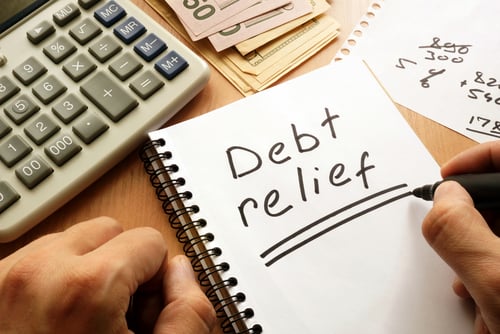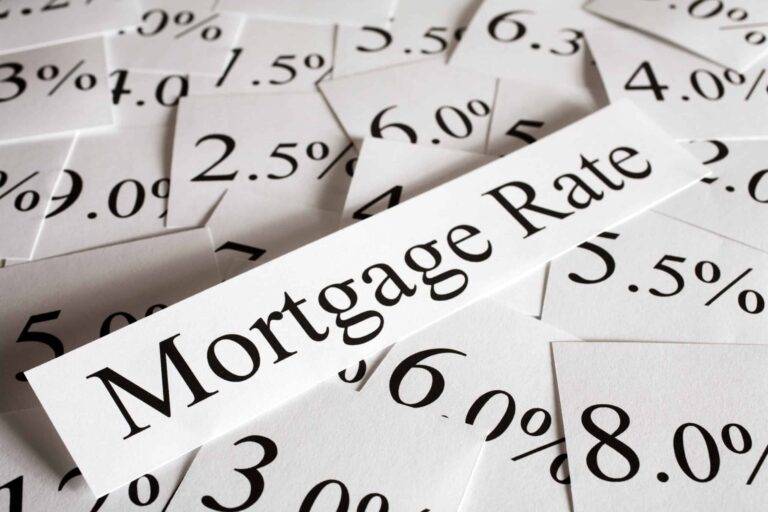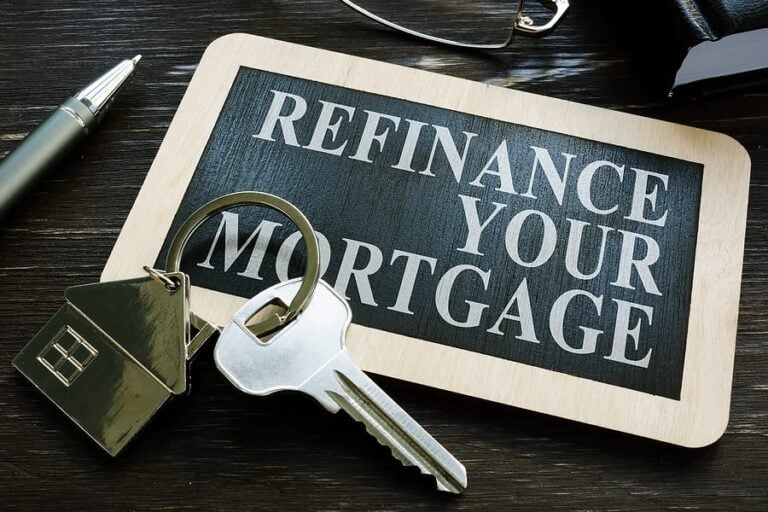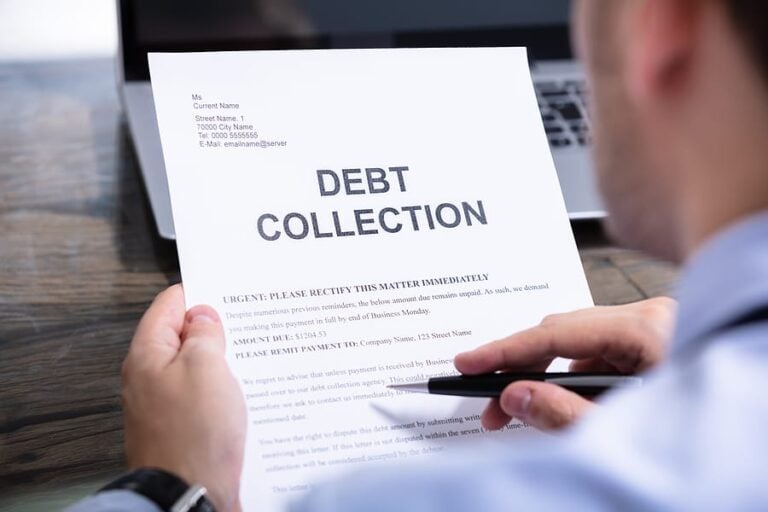How To Get Out of Student Loan Debt
Learn how to get out of student debt without ruining your credit or reputation.
For far too many graduates, student loan debt is a highly burdensome problem that hinders the process of laying the groundwork for a prosperous adult life. In fact, total student loan debt in America recently reached $1.5 trillion, a stratospheric amount that is spread among over 44 million young Americans.

The average student loan debt for 2017 graduates was $39,400, and this figure continues to grow each year, having increased 6% over 2016. Over 70% of college graduates from the Classes of 2016 and 2017 began their professional lives with an average student loan debt exceeding $37,000. Fortunately, there are several methods of student debt relief available that can help students get out of student loan debt.
Understand Your Loan Details
With the cost of higher education continuing to rise, more and more students are relying on student loans to finance their degrees. That said, it’s important that you understand your loan details so you can make informed decisions about repayment plans and other options. Let’s take a look at the different types of student loans available and how to access and review your loan details.
Types of Student Loans
There are two main types of student loans: federal loans and private loans. Federal loans are issued by the government, including the Department of Education, for college expenses such as tuition, fees, room and board, books and supplies. These loans may have lower interest rates than private loans because they are backed by the federal government. Private student loans are issued by banks or other lenders; these tend to have higher interest rates but may also offer more flexible repayment terms or lower monthly payments.
ABC
Accessing Your Loan Details
Once you’ve taken out a loan, it’s important that you review your loan details regularly so you can stay up-to-date on any changes or updates. You can access your loan details online through your lender’s website or via an app if one is available. Here you should be able to view information such as your current balance, interest rate (if applicable), estimated monthly payment amount, due dates for payments, principal amounts due each month, total interest paid year-to-date (if applicable), etc. It’s also important to note that some lenders may also offer additional helpful resources such as budgeting tools or calculators to help you plan for future payments.
Explore Repayment Options
The first option is the standard repayment plan. This plan requires fixed monthly payments over the course of 10 years. This plan works best for those who have a steady income and can afford to pay off their loans within 10 years. The biggest benefit is that this plan has the lowest overall cost due to the shorter loan term; however, if you fall behind on payments or experience financial hardship, switching to another repayment option may be beneficial.
Income-Driven Repayment Plan
The second option is an income-driven repayment plan. This plan allows borrowers to set their payment amount based on their income level and family size. Payments must be made for 20 or 25 years depending on when your loan was issued; after that period ends remaining balances are forgiven. These plans work best for those whose incomes are lower than what they would need to make in order to pay off their loans in 10 years under a standard repayment plan. However, these plans tend to have higher overall costs due to longer payment terms and interest accrual, so it’s important to weigh all options before making a decision.
Consolidation/Refinancing Student Loans
The last option is consolidation or refinancing of your student loans. Consolidation involves combining multiple federal loans into one single loan with one fixed interest rate and one payment per month; while refinancing involves replacing existing loans with a new private loan at a lower interest rate (if eligible). Both options work best for those who want lower monthly payments or have already graduated from college but wish to extend their repayment terms in order to reduce their monthly payments or take advantage of other benefits offered by private lenders such as cash back rewards programs or free credit monitoring services.
Create a Budget
Paying off your student loan debt can be an overwhelming task. It can seem like you are never going to get out from under the mountain of debt. But by creating a budget and sticking to it, you can pay off your student loan debt quickly and efficiently. Here are some tips on how to create a budget and stick to it so you can become debt-free in no time!
- Track Your Expenses – The first step in creating a budget is tracking your expenses. This means documenting everything you spend money on over the course of a month or two, including groceries, rent, utilities, entertainment, and any other miscellaneous items that come up. This will give you an idea of where your money is going and help you identify areas where you could cut back on spending if need be.
- Set Goals – Once you have an idea of where your money is going each month, it’s time to set goals for yourself. Start by setting short-term goals such as paying off small debts or saving up for larger purchases. Then set long-term goals such as paying off all of your student loan debt within a certain amount of time or building up an emergency fund for unexpected expenses.
- Create a Spending Plan – Now that you have tracked your expenses and set goals for yourself, it’s time to create a spending plan that will help you reach those goals in an efficient manner. This plan should include how much money should go towards each goal and when payments should be made so that nothing gets overlooked or forgotten about during the process. It’s also important to prioritize which debts should be paid off first so that they can be taken care of faster and more efficiently.

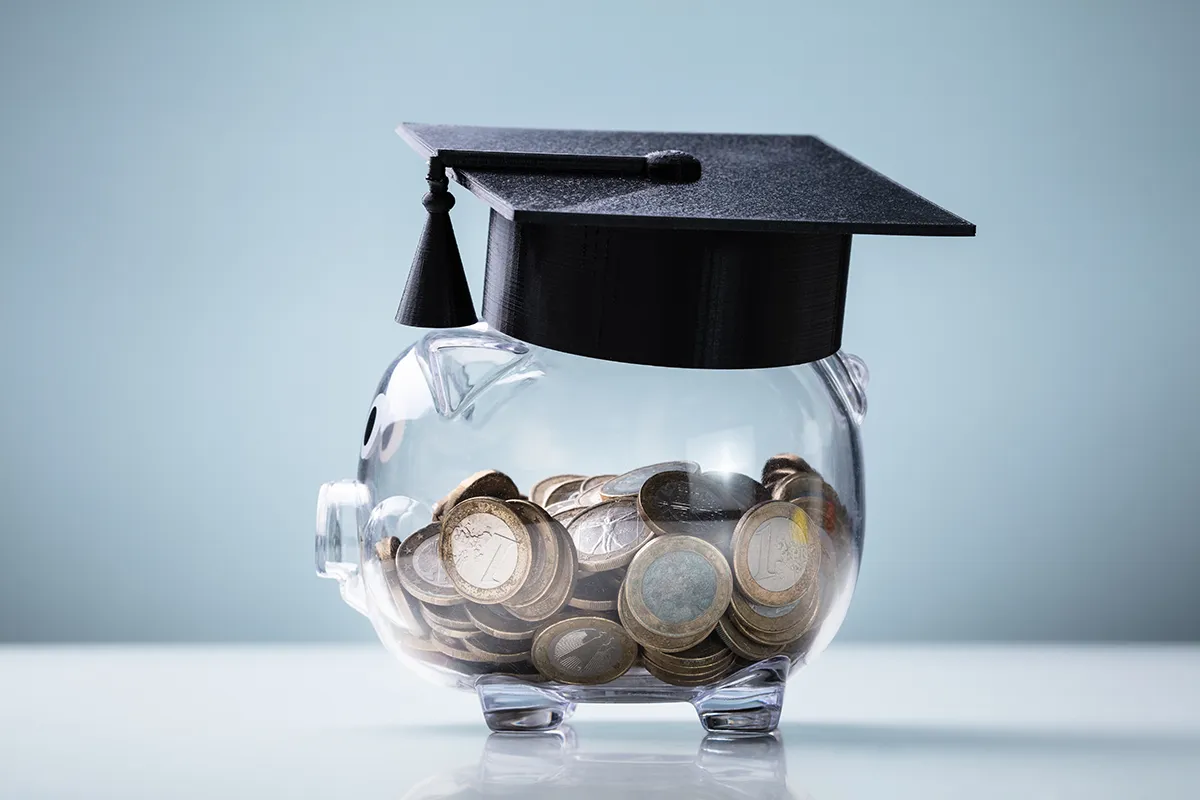
Contact Your Student Loan Servicer
The Federal government assigns each borrower a student loan service that collects student loan payments and can be contacted with questions regarding your student loan debt. Find your student loan service here by logging in with your Federal Student Aid ID.
Your student loan service can discuss various student debt relief options that may be available to you, such as student loan debt forgiveness programs, student loan repayment plans, and student loan consolidation. For private student loans, to find your student loan service, call your original lender and ask who the contact person is for questions regarding student loan repayment and billing.
Immediate Student Loan Debt Forgiveness?
In the best of circumstances, there are instances in which student loan debt can be discharged immediately. Federal student loans can be immediately forgiven for those graduates who suffer from a total and permanent disability and are unable to work, and in those situations when a school has closed down or engaged in fraud.
When a school makes false certification regarding a student’s eligibility for a loan – or worse – falsifies a signature, endorses a loan check or fails to provide proceeds, immediate discharge becomes possible.
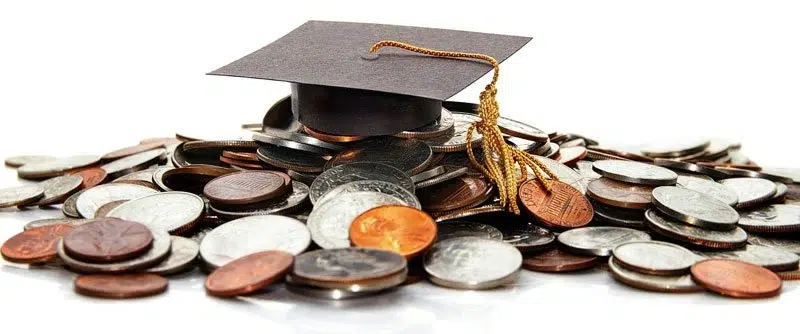

Student Loan Debt Forgiveness is Possible
Short of these rare situations, student loan debt forgiveness involves a lengthy process that eventually leads to the remaining debt getting discharged under income-driven repayment after twenty or twenty-five years, a period which can be shortened to ten years for employees of the government and qualified non-profit organizations.
Seek Help and Resources
Student loan debt is a major source of stress for many college graduates. With the cost of tuition continuing to rise, it can be difficult to know how to manage your student loan debt. Fortunately, there are organizations and government agencies that offer assistance with managing student loan debt. Here are some of the most helpful resources available for those looking for help with their student loans.
U.S Department of Education’s Federal Student Aid Office: The US Department of Education offers several programs designed to help borrowers manage their student loan debt. These include income-driven repayment plans that allow borrowers to adjust their payment amounts based on their income and family size, as well as deferment or forbearance options that give borrowers a temporary reprieve from making payments on their loans. Additionally, the US Department of Education also offers loan forgiveness programs for those who have worked in public service careers or attended certain schools approved by the department.
Non-profit credit counseling services: Non-profit credit counseling services are available in nearly every state and provide free advice and assistance with debt management plans. Counseling services can help develop a budget, set up a repayment plan, negotiate with lenders, and more. The National Foundation for Credit Counseling (NFCC) is a great resource if you’re looking for an accredited credit counselor near you.
Forbearance Programs: Forbearance programs can provide relief from making payments on your loans when you experience financial hardship due to job loss, economic hardship, etc. Generally speaking, these programs are offered by private lenders but may also be available through the federal government depending on your situation and circumstances.
Your student loan service can help you apply for Public Service Loan Assistance, as well as Teacher Loan Forgiveness or Perkins Loan cancellation and discharge, if you qualify. These repayment plans apply to Federal Direct subsidized and un-subsidized student loans only – private student loans are ineligible. Visit here for more information and consult related articles on Student Loan Debt Forgiveness and Student Loan Repayment Plans on this website.


Things to Remember Regarding Student Loan Debt
Recognize that getting out from under heavy student loan debt will take time, but that educating yourself and reaching out to your student loan service are excellent initial steps toward making the most of the student debt relief options that are available to you.
You should know that unpaid Federal student loans fall into default after nine months, while student loans from private lenders can fall into default even faster. Default damages a credit score and profile significantly and the negative stain remains on a credit report for seven years. Therefore, if you are feeling stress associated with any difficulty in making regular payments on a high level of student loan debt, it is imperative to contact your student loan service to discuss various forms of student debt relief that may be available.
It can also make sense to contact us here at United Settlement to discuss budgeting strategies that will help make it easier for you to afford monthly payments on your student loan debt.
Are you in debt? we can help
Get Debt Relief
Speak with licensed debt specialists dedicated to guiding you toward financial stability every step of the way.

Ready To Get Started?
See if you qualify for debt relief. Get a Free savings estimate to see how quickly you can be debt free.
Embrace financial freedom with our tailored solutions, expert guidance, and unwavering commitment to your success.
Experienced Professionals
Our experienced team has helped thousands of clients successfully eliminate debt and regain financial freedom.
Customized Solutions
We know every financial situation is different, so we design personalized debt relief plans to fit your specific needs and goals.
High Success Rate
Our proven debt relief strategies deliver real results. With a strong track record of success, we help clients achieve lasting financial stability.
Confidential Consultation
Your privacy is our priority. All debt relief consultations are 100% confidential and handled with the highest level of discretion.
Explore other blogs
